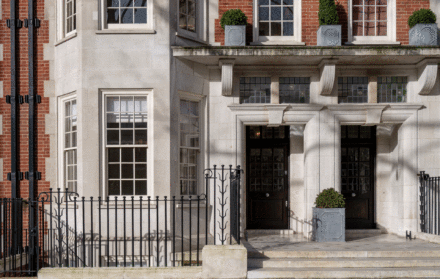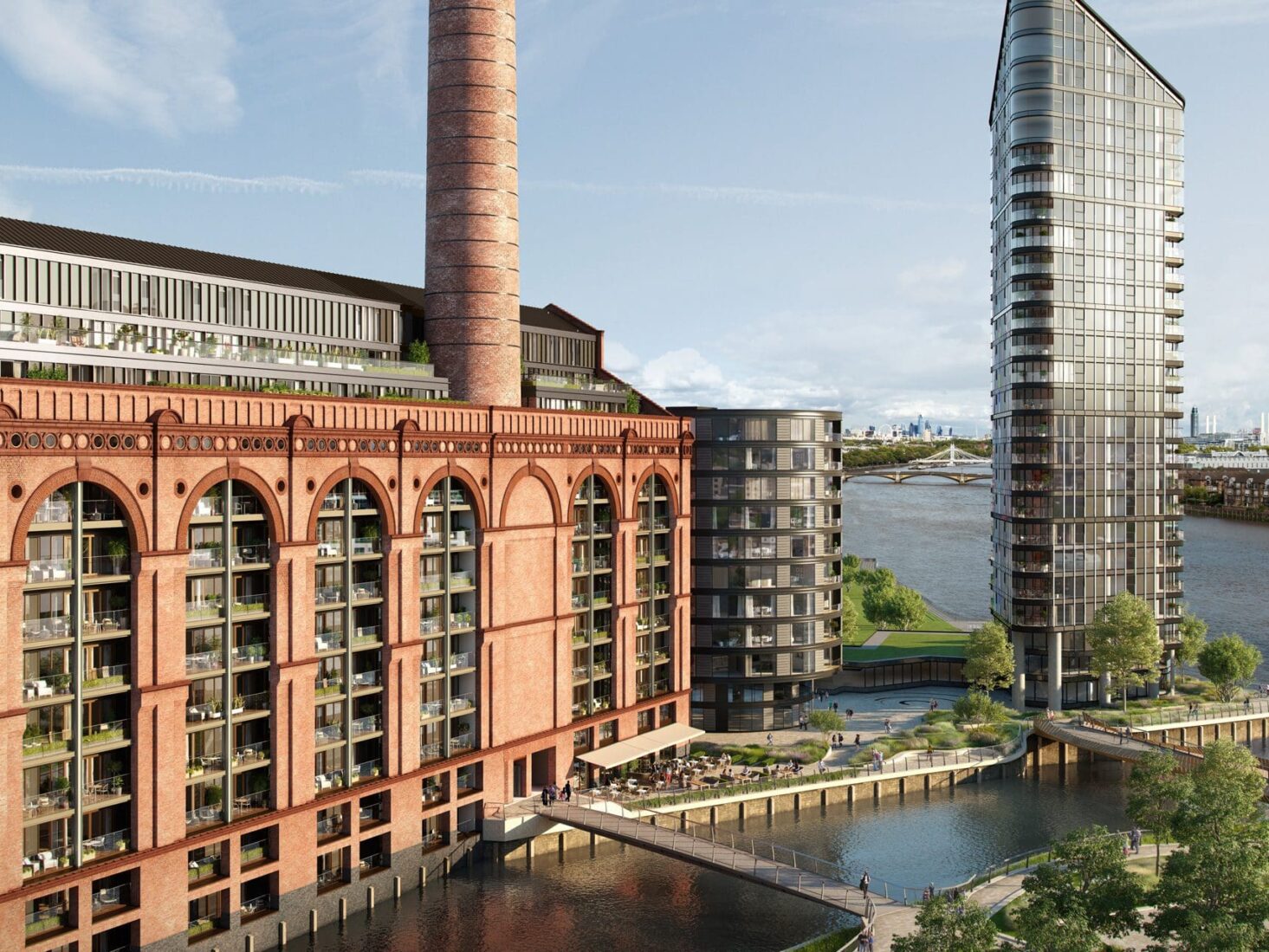
Inside Powerhouse: The redevelopment of the historic Lots Road Power Station
The Chelsea institution has been converted into a postmodern development with Thameside views
Another week, another London landmark being converted into luxury residences. We’ve had the launch of 9 Millbank in the former Imperial Chemical House, 8 Eaton Lane on the original Grosvenor Estate, and iconic department store Whiteleys marches closer to becoming luxury development The Whiteley every day. Here, we swing the spotlight towards Powerhouse, the redevelopment of Lots Road Power Station, a disused coal station on Chelsea’s famous Lots Road.
Lots Road Power Station became operational in February 1905. It was built by the Metropolitan District Electric Traction Company in order to provide power to the District Railway (now the District Line).
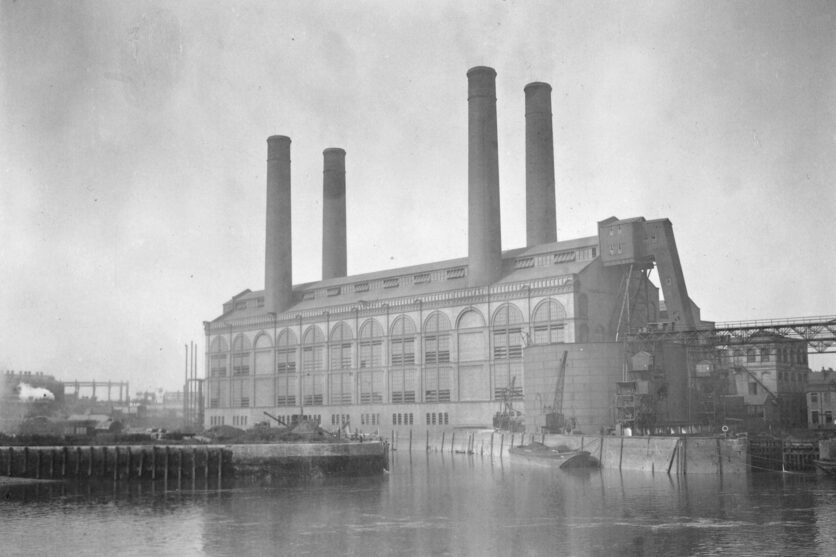
At the time, it was publicised as being the largest power station ever built. It burned 700 tonnes of coal per day, which allowed District Line trains to make the transition from steam to electric. The station eventually powered most of the London Underground.
Lots Road also played a role in the birth of commercial radio: when LBC and Capital Radio (the first two stations in the UK) opened in 1973, the site for their transmitters was incomplete. Therefore, a temporary antenna was strung up between Lots Road’s chimneys in order to broadcast.
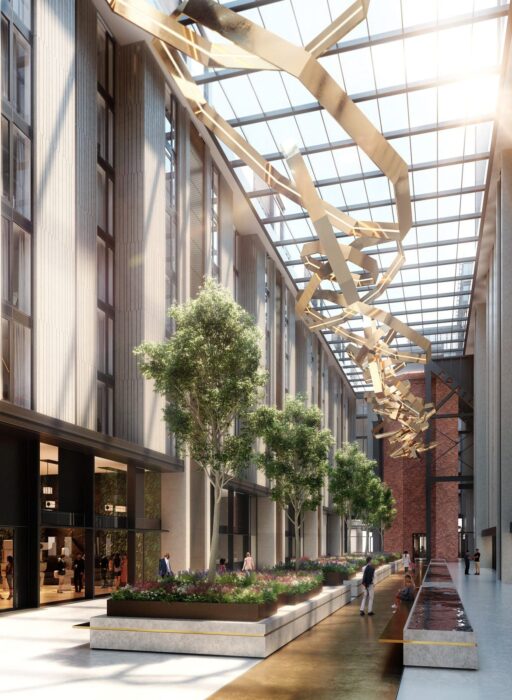

Lots Road was shut down in 2002, at which point the Tube became fully powered by the National Grid. The property company that bought the site fought planning permission issues until 2013, when the area was rebranded as Chelsea Waterfront, a riverside development comprising ten buildings. This includes Tower West, the tallest residential building in SW10 at 37 stories, and Powerhouse.
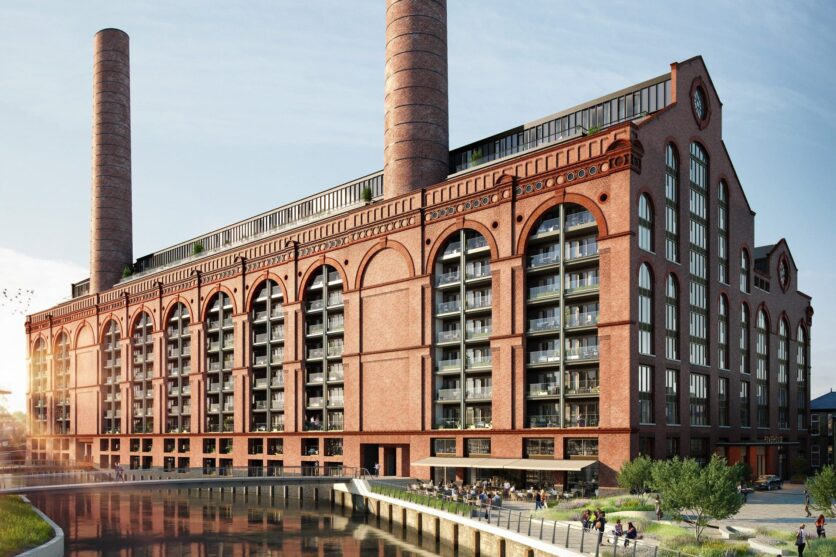
Powerhouse’s launch represents the culmination of 100-plus years of history, and the collection of 260 homes reflects the building’s past as the ‘cathedral of the industrial age’. There are plenty of architectural and design references to the structure’s former life, including dark timber, steel doors, bronze finishes and black ironmongery. On entering Powerhouse, for example, you’re greeted with a spectacular ‘electric current’ lighting installation.


The developer will restore the power station’s beautiful red brick walls; meanwhile, interiors have been re-designed by Fiona Barratt Interiors, chosen for its reputation for incorporating historical references into modern residences.
In a symbolic gesture that echoes the evolution of British industry, full-height evergreen trees have been placed where Lots Road’s turbines once stood. Between the vast chimneys, which soar 275 feet above the Thames, run water troughs reminiscent of streams.


The development will be managed by a concierge, which will deal with everything from general house management to individual booking requests. In terms of amenities, there will be a health and fitness centre housing a spa, gym, and a 20-metre swimming pool, and a Residents’ Club Lounge will serve as a multi-purpose space for work or social gatherings. Finally, residents will have easy access to the restaurants at Chelsea Waterfront, as well as the beautifully-lit landscaped gardens.
Powerhouse is up there with Battersea and Bankside (now the Tate Modern) as one of the most iconic redevelopments of London power stations – future residents will be able to say that they are part of this history.
Two to four-bedroom apartments at Powerhouse start from £1,700,000. Visit powerhousechelsea.com.




